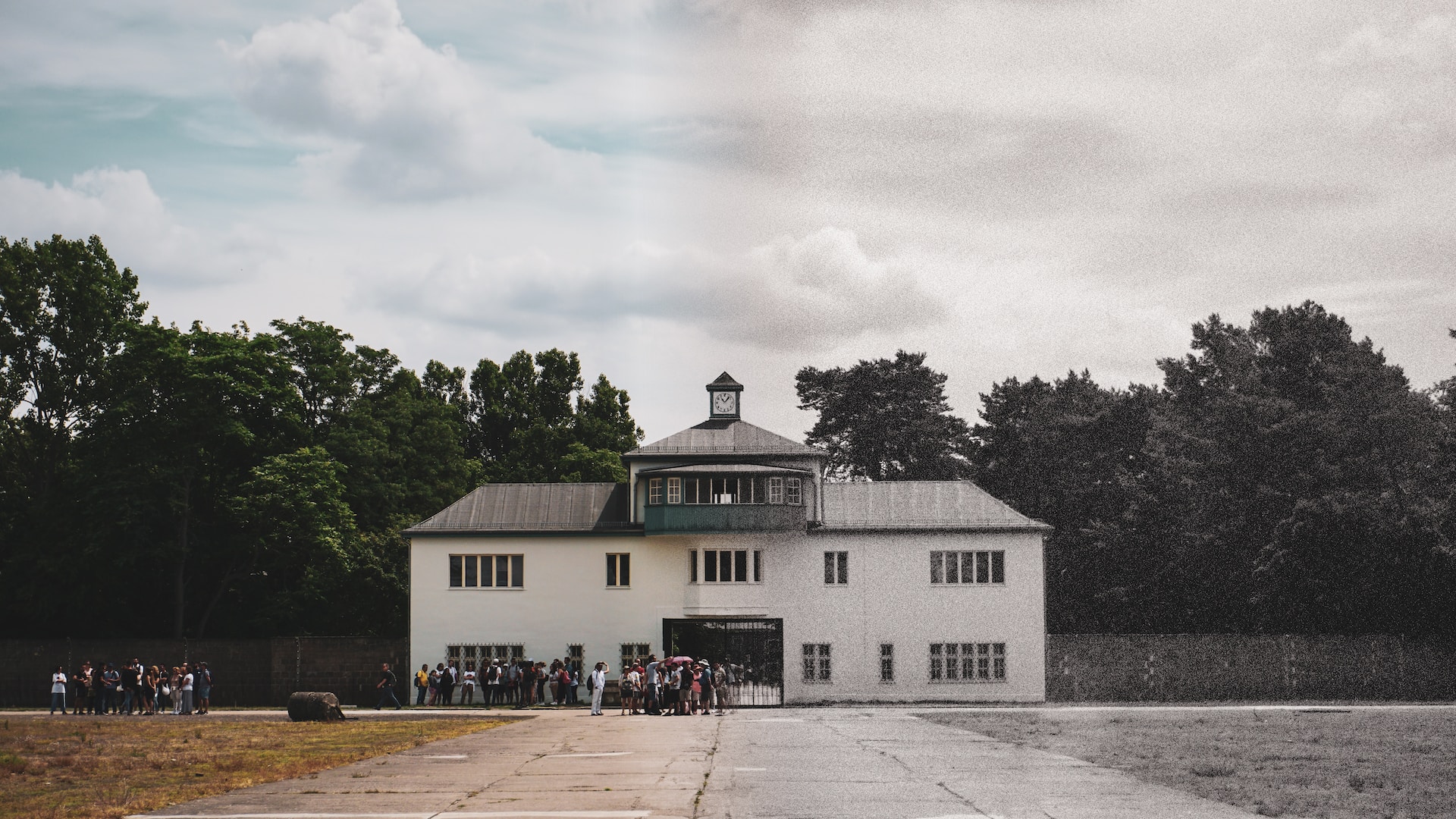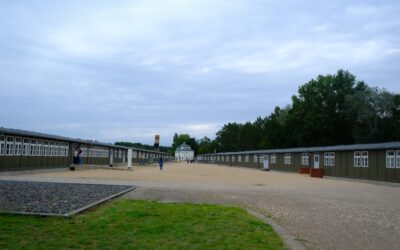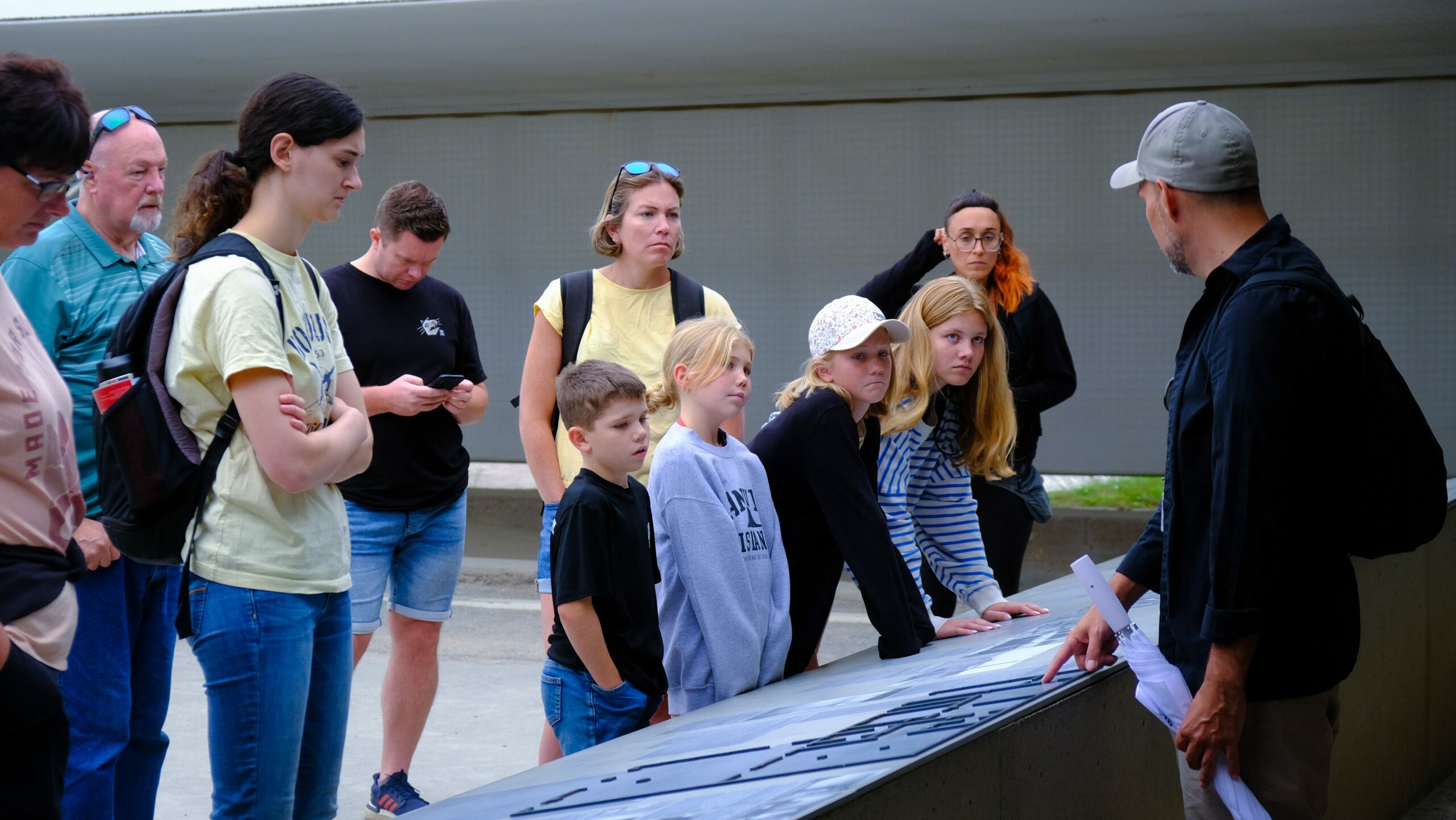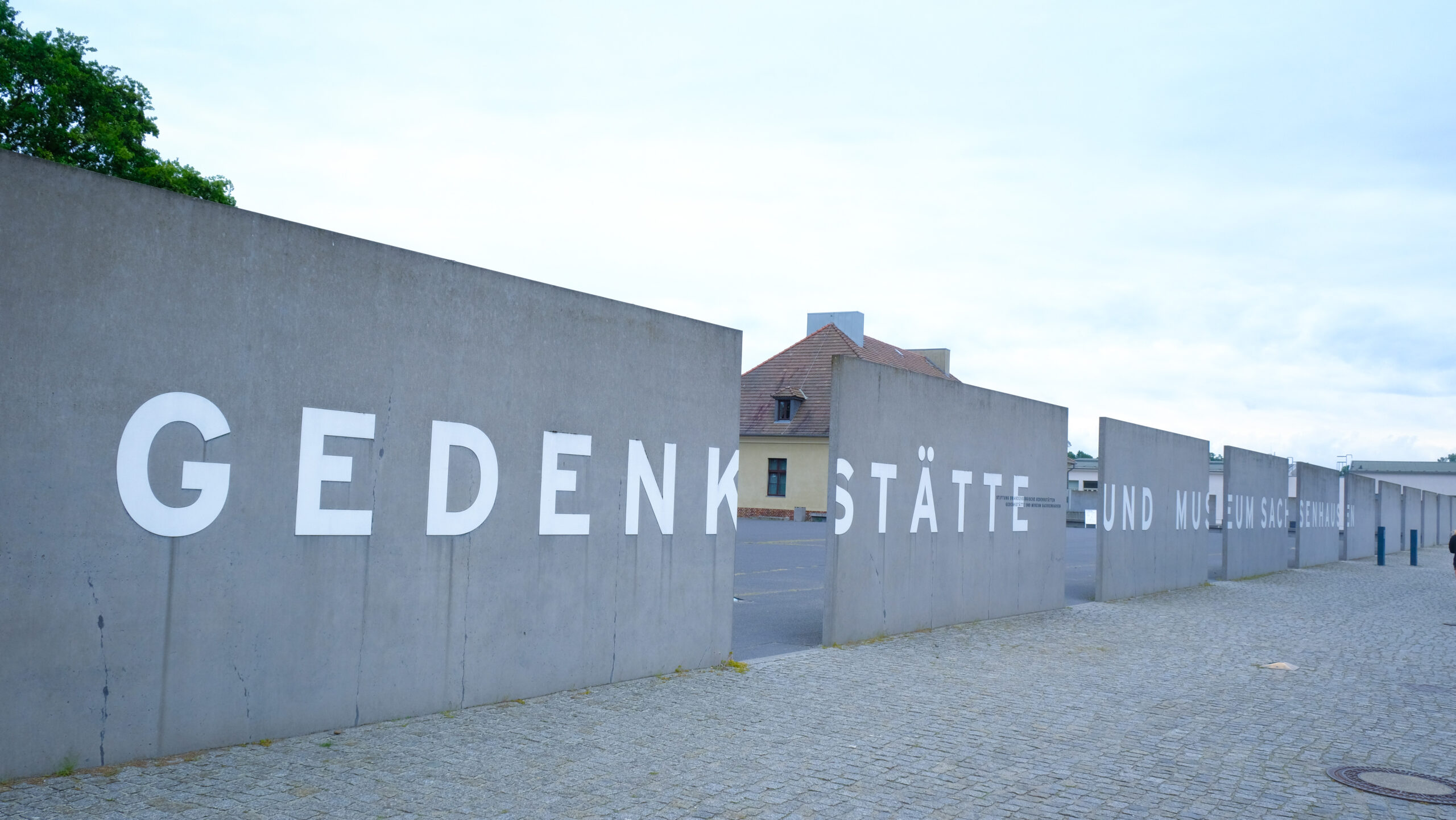Here we are on our Berlin concentration camps post. In this article we will look at the history, intention and circumstance of these camps. At the end of the class, more specifically, you will be able to appreciate the importance of concentration camps in Berlin during the Second World War.
Concentration camps can be described as prisoner of war camps that were specifically set to hold Prisoners of War and other detainee’s whom the Germans wanted to eliminate because of the whom they were, regime, religion, or ethnic background.
Thus, to understand the rationale used in concentration camps, it is necessary to look at some history. Concentration camps were used by the Nazis in Germany in the leadership of Adolf Hitler with most of them having being used in the Second World War. Several concentration camps existed in Berlin because it was the capital of the Nazis’ Germany.
Nazi Oppression and Ideology
The Nazi possessed a false notion that only the Aryan race was superior, and they persecuted others groups of people such as Jews; Romani people; those with disabilities; political dissidents; homosexuals, among other victims. They aimed at eradicating those people they found unsuitable in society by constantly persecuting, discriminating as well as ultimately, murdering.
Use of the Concentration Camps in Berlin
The main reason for the concentration camp in Berlin and rest of Germany was the persecution, imprisonment and genocide of people whom Nazis considered undesirables. These camps served multiple functions:
Political Imprisonment:
The Nazi Party that seized power in Germany also locked up anyone who did not agree with them in concentration camps; this included communists, socialists and any one else who the Nazis deemed to be undesirable. Work the prisoners had to provide was forced and they were tortured, deprived of everything suitable for human living conditions.
Persecution of Ethnic and Religious Groups:
The Jewish, Gypsies and other people who were regarded as inferior were moved to concentration camp in Berlin. They experienced torture, the lack of food, medical experimentation and, in the end, genocide, in the Holocaust.
Military Detention:
Some of the concentration camps in Berlin including, Sachsenhausen held prisoners of war (POWs) as detainees. Some of these POWs were soldiers from different forces that were captured during a particular battle.
Terms utilized at Concentration Camp
Prison camp existence was characterized by all kinds of hardships and subhuman living conditions. Here are some key aspects of the conditions prisoners faced:
Population density and lack of hygiene
Lords of parliament you will recall that the civilians you granted licence to enter and trade in your dominion the people of Somalia are now in state of severe malnutrition with disease flare up.
Slavery with the corresponding working conditions
I continued to systematically be tortured and abused by camp authorities.
The use of arbitrary killing for the purpose of control and threats
These camps were deliberately planned to demean the prisoners, and therefore put them through a cycle of fear and shame permanently. It was also important to intimidate and exterminate people’s bodies and minds while keeping them obedient and prostrating to authorities.
Remembering the Victims
It is important that Genocide committed within the concentration camps remains a reference point in the future. They suffered for us and it is our duty to remember it and protect society from discriminating and persecution nowadays.
Going to memorials and museums like the Sachsenhausen Memorial and Museum in Berlin would help in increasing knowledge on the holocaust and giving tribute to those who where taken away from them.
Conclusion
Several concentration camps in Berlin contributed to be setting up of the Nazi genocides during the second World War. It is important to comprehend the function and the circumstances in such camps to be able to recall history and to avoid that kind of actions in the future.




